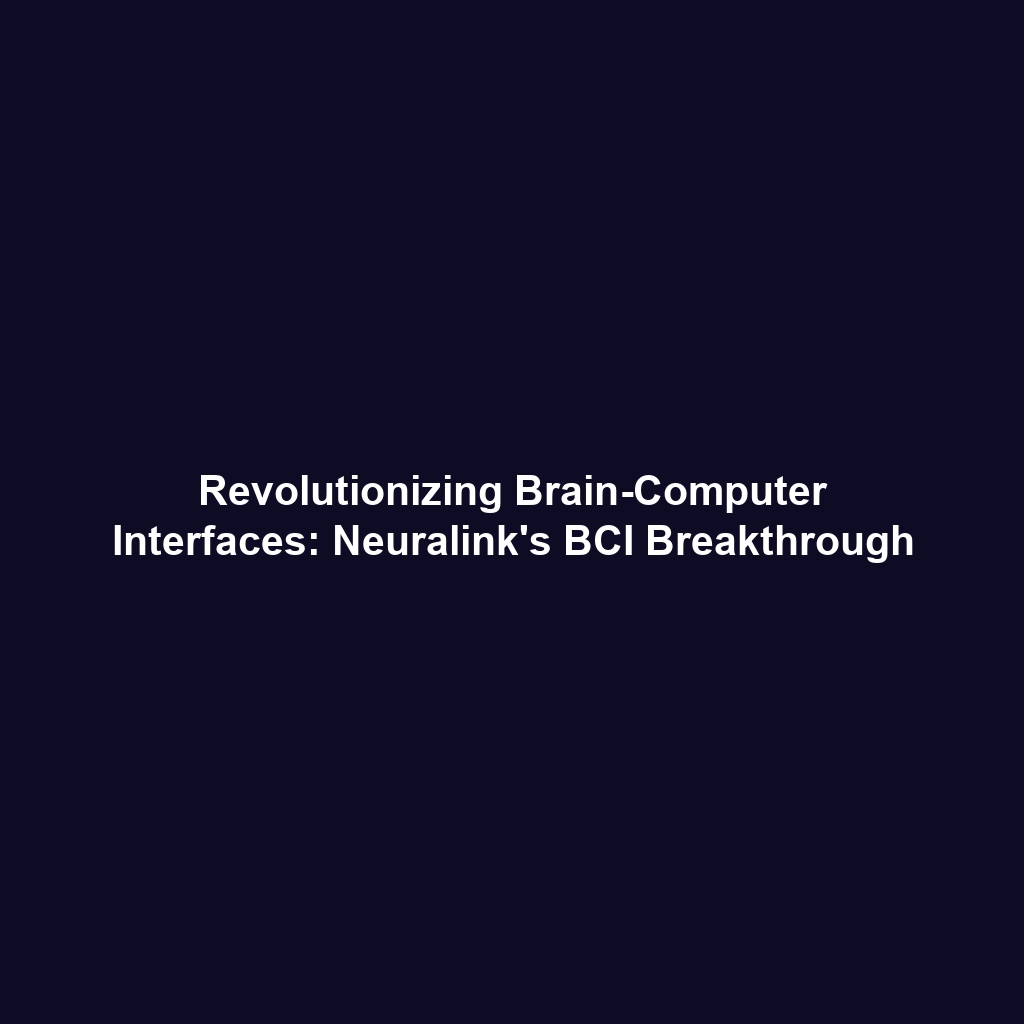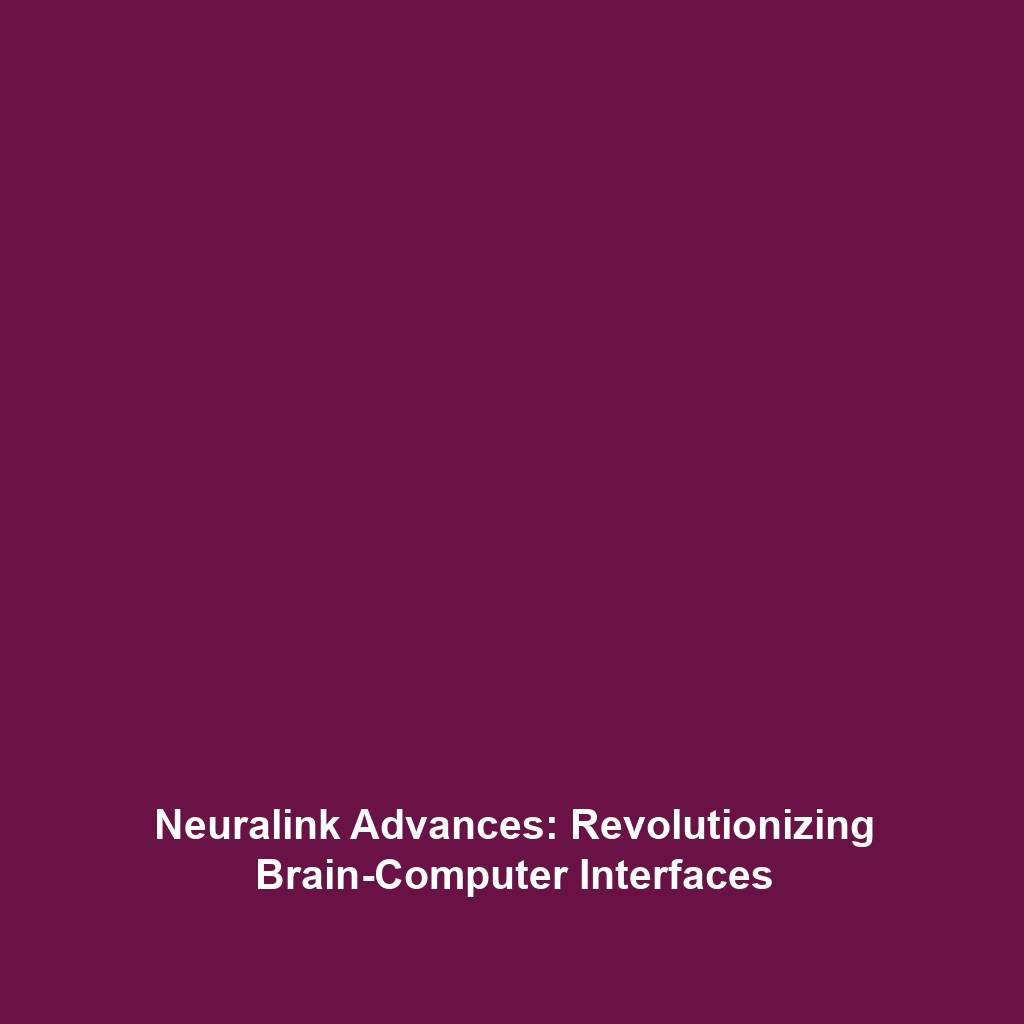SpaceX’s Starship Mission to Mars: Elon Musk’s Vision and Timeline for Colonizing Mars
SpaceX’s Starship Mission to Mars is a groundbreaking initiative led by Elon Musk, aimed at establishing a human settlement on the Red Planet. This ambitious vision represents a significant leap toward colonizing Mars, aligning technological innovation with the profound desire for human exploration beyond Earth. As astronauts dream of interplanetary travel, Musk’s timeline for colonizing Mars has sparked global interest and debate within both the scientific community and the public. Understanding this mission is crucial not only for its technological advancements but also for its implications for humanity’s future in space.
Key Concepts of SpaceX’s Starship Mission
The cornerstone of SpaceX’s vision lies in several key concepts:
- Interplanetary Transportation: Starship is designed as a fully reusable spacecraft capable of carrying large crews and significant cargo loads to Mars, marking a critical advancement in space travel.
- Sustainability on Mars: Musk emphasizes the need for sustainable habitats and life-support systems on Mars, ensuring that human colonies can thrive over time.
- Economics of Space Travel: Cost reduction through reusability is central to Musk’s plan; dramatic drops in launch costs are essential for making space travel accessible.
These principles collectively support Musk’s ambitious timeline for colonizing Mars, projecting human landings by 2024 and a developing settlement in the following decades.
Applications and Real-World Uses
The practical applications of SpaceX’s Starship Mission to Mars extend beyond mere exploration and into several sectors:
- Scientific Research: Human presence on Mars will enable ongoing scientific experiments, providing critical data about the planet’s geology, atmosphere, and potential for life.
- Technological Advancements: Innovations in life-support systems, habitat construction, and energy generation developed for Mars can have applications on Earth, particularly in remote locations.
- Global Collaboration: Space exploration fosters international cooperation, as various countries and private companies engage in joint missions and research initiatives.
Current Challenges in the Mission
While Elon Musk’s vision is revolutionary, it faces several notable challenges that must be addressed for successful colonization:
- Radiation Exposure: The lack of a protective atmosphere on Mars raises concerns about radiation risks for human colonists.
- Life Support Systems: Developing sustainable life-support systems that recycle air and water efficiently is crucial for long-term habitation.
- Funding and Resources: Ensuring adequate financial resources and logistical support for ongoing missions remains a significant challenge.
- Psychological Effects: The isolation and confinement of living in a Martian colony can impact mental health, requiring robust support systems.
Future Research and Innovations
The future of SpaceX’s Starship Mission is bright, with several upcoming innovations that will propel colonization efforts:
- Advanced Propulsion Technology: Research into new propulsion systems could reduce travel time to Mars, making missions more feasible.
- In-situ Resource Utilization: Innovations aimed at using Martian resources (like extracting water from the soil) will make long-term habitation possible.
- Habitat Design: Future designs for living quarters will focus on maximizing comfort and safety in Martian environments.
Conclusion
SpaceX’s Starship Mission to Mars embodies Elon Musk’s ambitious vision and sets a compelling timeline for colonizing Mars. As we delve into the intricacies of this initiative, it becomes essential to consider not only the technological advancements but also the profound implications for humanity’s future in space. Engaging with this topic not only enriches our understanding of interplanetary travel but also highlights the importance of continued research and collaboration in the field of space exploration. For further reading on related topics, explore our articles on future planetary exploration and innovation in space technologies.



